The iconic @nasa/ @esa Hubble Space Telescope was launched 30 yrs ago today on the space shuttle Discovery.
HST has made amazing scientific breakthroughs & inspired generations in ways many others will describe today.
Some words here on how it has threaded through my life.
1/
HST has made amazing scientific breakthroughs & inspired generations in ways many others will describe today.
Some words here on how it has threaded through my life.
1/
Hubble has a very long history back as far as the 1940& #39;s & Lyman Spitzer& #39;s first ideas about building an optical observatory in space. Construction by @nasa finally began in the late 1970& #39;s, with @esa as international partner.
2/
2/
By the early 1980& #39;s, I was a PhD student at the Royal Observatory in Edinburgh, & its then director & Astronomer Royal for Scotland was Malcolm Longair. Malcom had also been a member of the Hubble science team since 1977.
3/
Pix: Wikipedia (Karora, Mark McCaughrean)
3/
Pix: Wikipedia (Karora, Mark McCaughrean)
While the Space Telescope Science Institute @stsci in Baltimore was charged with leading the science ops for Hubble, a European Coordinating Facility was also needed, & Malcolm bid for that to come to Edinburgh. In the end though, it went to @ESO in Garching.
4/
1997 pic: ESO
4/
1997 pic: ESO
My PhD was on the first-ever facility infrared camera for astronomy, IRCAM for UKIRT in Hawai& #39;i, under the leadership of my PhD adviser, Ian McLean. In 1988, I took up a postdoc at @NASAGoddard, where HST had been assembled & its mission control was located.
5/
Pic: Bill Hrybyk
5/
Pic: Bill Hrybyk
I was working with Dan Gezari on mid-IR detectors originally made for SIRTF, later @NASAspitzer. HST folk were also around, as were COBE people, including John Mather, later to win the Nobel prize for COBE& #39;s work on the cosmic microwave background.
6/
Pic: John Mather
6/
Pic: John Mather
During my time at Goddard, I took part in some tests on a tool that astronauts were supposed to use to deploy the @esa-supplied HST solar arrays, if the main mechanism failed. This involved using space gloves in a vacuum cabinet, holding & activating the tool.
7/
7/
The tool had a motor that was supposed to turn a certain number of times to fully deploy the arrays. We soon found that it was hard to grip with the stiff space gloves & if you let go, the motor counter reset to zero, losing count. Not a good design: that was fixed  https://abs.twimg.com/emoji/v2/... draggable="false" alt="👍" title="Thumbs up" aria-label="Emoji: Thumbs up">
https://abs.twimg.com/emoji/v2/... draggable="false" alt="👍" title="Thumbs up" aria-label="Emoji: Thumbs up">
8/
8/
At the end of my Goddard postdoc in 1989, I had a job offer to go to Australia to help build a new ground-based IR camera, but was also offered a position at @uarizona @azstewobs to work on a second-generation HST instrument for the IR called NICMOS.
Pic: Tom Fleming
9/
Pic: Tom Fleming
9/
The NICMOS project was led by Rodger Thompson, with Marcia Rieke as co-PI, & the team of astronomers & engineers was built-up prior to HST launch in April 1990. A @uhmanoa team had also bid for the HST IR project, & some of their team were folded into the NICMOS one.
10/
10/
The Hawai& #39;i team helped test the new 256x256 pixel NICMOS3 IR arrays for the instrument & put them on their telescopes. With my ex-Edinburgh fellow PhD student John Rayner in Hawai& #39;i, we used the instruments for science, imaging star-forming regions like this, NGC7538.
11/
11/
Soon after Hubble& #39;s launch in April 1990, its main mirror was found to show spherical aberration due to a polishing error, yielding images with sharp cores surrounded by fuzzy haloes. It was borderline catastrophic for NASA & astronomy.
12/
12/
And the impact was quickly felt by the NICMOS project, as money was taken back to help develop the COSTAR optical correction system, to be installed in a future shuttle flight & compensate for the spherical aberration.
13/
13/
Several people were let go from NICMOS on a very short timescale: I got just six weeks notice. Others had it worse; there was a tragedy a year later & I& #39;ve always wondered whether this was linked to this unfortunate situation.
14/
14/
I stayed in Arizona for almost a year longer, supported by research grants from Charlie Lada & Roger Angel. I worked with Roger on new IR detectors & his mirror lab, including the spin casting of the 6.5m mirror for the MMT on Mount Hopkins in March-April 1992.
15/
15/
In September 1992, I moved to Heidelberg to work in Steve Beckwith& #39;s new IR group at @mpi_astro. Steve later became the Director at @stsci, leading the team that made the Hubble Ultra Deep Field, as dissected in a new 3D visualisation.
16/ https://www.bbc.com/news/science-environment-52391627">https://www.bbc.com/news/scie...
16/ https://www.bbc.com/news/science-environment-52391627">https://www.bbc.com/news/scie...
At that time, I was collaborating with Charles Prosser, John Stauffer et al on some of the first Hubble images made of the Orion Nebula & Trapezium Cluster to look for low-mass young stars. We had data before & after spherical aberration were fixed.
17/ https://ui.adsabs.harvard.edu/abs/1994ApJ...421..517P/abstract">https://ui.adsabs.harvard.edu/abs/1994A...
17/ https://ui.adsabs.harvard.edu/abs/1994ApJ...421..517P/abstract">https://ui.adsabs.harvard.edu/abs/1994A...
We were also visited in Heidelberg in summer 1994 by Bob O& #39;Dell, who had been the Hubble project scientist at @NASA_Marshall from 1972-1982, & who had guaranteed observing time on the telescope as a result.
18/
Pic: NASA/ESA
18/
Pic: NASA/ESA
Bob showed me some new HST images of the Orion he had, including some dark shadows against the nebula. We checked some of my ground-based IR images of the region & we saw one of them there too. This led to us collaborating on the Hubble data.
19/ https://ui.adsabs.harvard.edu/abs/1996AJ....111.1977M/abstract">https://ui.adsabs.harvard.edu/abs/1996A...
19/ https://ui.adsabs.harvard.edu/abs/1996AJ....111.1977M/abstract">https://ui.adsabs.harvard.edu/abs/1996A...
What we& #39;d seen were disks of gas & dust surrounding young stars in Orion, the likely site of ongoing planet formation. They were the first ever clear, unambiguous images of circumstellar disks ever taken.
20/
https://hubblesite.org/contents/news-releases/1995/news-1995-45.html">https://hubblesite.org/contents/...
20/
https://hubblesite.org/contents/news-releases/1995/news-1995-45.html">https://hubblesite.org/contents/...
Bob christened these objects "proplyds" for protoplanetary disks, although I have to admit that I never really liked the name, as it& #39;s interpretative, not just descriptive. They might form planets, but we don& #39;t know.
21/
21/
Indeed, we& #39;d been approached to publish our results in @nature, but were pushed to give a lower limit to the mass, to demonstrate that they were massive enough to form a solar system. We couldn& #39;t do that based on the data we had, so chose to publish in Astronomical Journal.
22/
22/
We continued to collaborate on HST imaging of Orion, working with John Bally to discover more pure silhouette disks & other surrounded by envelopes of gas streaming away from the disk after being ionised by the massive stars in Orion.
23/
https://ui.adsabs.harvard.edu/abs/2000AJ....119.2919B/abstract">https://ui.adsabs.harvard.edu/abs/2000A...
23/
https://ui.adsabs.harvard.edu/abs/2000AJ....119.2919B/abstract">https://ui.adsabs.harvard.edu/abs/2000A...
Based on this work, I made two successful Hubble proposals to use NICMOS when it was launched & installed on the telescope during the second servicing mission STS-82 in 1997. By this time I had moved to @AIP_Potsdam & also got @DLR_de funding as a result.
24/
Pic: AIP/ R. Arlt
24/
Pic: AIP/ R. Arlt
Shortly beforehand, however, I had been working with Karl Menten at the MPI for Radioastronomy in Bonn, & Bob Fosbury had given a colloquium. Bob was one of the @esa staff working at the European Coordinating Facility for Hubble at @eso in Garching.
25/
Pic: NASA/ESA
25/
Pic: NASA/ESA
Bob told me that @esa was putting together a science team to support European involvement in what was then called the Next Generation Space Telescope or NGST, a proposed very large, IR-optimised NASA/ESA/CSA successor to Hubble. I applied & became a member of that team.
26/
26/
The @esa Project Scientist for NGST, which later became #JWST, was Peter Jakobsen: he had previously been @esa& #39;s Project Scientist for Hubble based at ESTEC in The Netherlands.
27/
27/
Peter led the team that successfully proposed for @esa to become a formal partner in NGST, & I later became a member of the JWST Science Working Group, as I am to this day. That has involved many, many meetings at @stsci, as they will operate JWST as well as HST.
28/
28/
For HST, @esa supplied the Faint Object Camera, two generations of original solar arrays, scientists @stsci, & the ST-ECF in Garching. European scientists have been successful in winning 22% of the observing on Hubble on average, well above the nominal 15% ESA deal.
29/
29/
For #JWST, Europe has supplied to NIRSpec spectrometer, with multi-shutter arrays & detectors from NASA, the MIRI camera/spectrometer with detectors again from NASA, scientists at @stsci again, & of course, a ride to space on an @arianespace #Ariane5.
30/
30/
It seems likely that European scientists will again do very well in winning time on JWST, not least because of the major growth in complementary @esa space science missions & European leadership in ground-based astronomy through @eso since the early days of Hubble.
31/
31/
Indeed, there are connections everywhere, as Riccardo Giacconi, one of the fathers of X-ray astronomy was later Director of both @stsci & @eso, and John Mather of COBE is now the senior project scientist for #JWST.
32/
32/
And returning to Edinburgh, many people there in the 80s are now closely involved in #JWST, incl Gillian Wright, Director @ukatc & European PI of MIRI, Matt Mountain, ex-Director @stsci & now president of AURA, & myself & Simon Lilly as JWST SWG Interdisciplinary Scientists.
33/
33/
My involvement in NGST/JWST led to me being a member of @esa& #39;s Astronomy Working Group & Space Science Advisory Committee, before joining the Agency in 2009 as Head of the Research & Scientific Support Department, making me Peter Jakobsen& #39;s boss& #39; boss, which was strange  https://abs.twimg.com/emoji/v2/... draggable="false" alt="😬" title="Grimacing face" aria-label="Emoji: Grimacing face">
https://abs.twimg.com/emoji/v2/... draggable="false" alt="😬" title="Grimacing face" aria-label="Emoji: Grimacing face">
34/
34/
And as a member of the Science Working Group, I have guaranteed #JWST observing time, some of which I& #39;ll use in Cycle 1 to look at low-mass stars, brown dwarfs, & planetary mass objects in Orion, as well as the silhouette disks, linking back to that HST work.
35/
35/
I& #39;ll also be observing protostellar jets & outflows, including HH211 & HH212, which John Rayner, Hans Zinnecker & I discovered through infrared imaging in the mid-1990s. These are more recent images from the VLT, but the JWST images will show much more detail & motion.
36/
36/
HH212 has yet another Hubble connection: we observed it with NICMOS in 1998, but unfortunately it was too faint for that "small" telescope  https://abs.twimg.com/emoji/v2/... draggable="false" alt="😜" title="Winking face with tongue" aria-label="Emoji: Winking face with tongue"> And I& #39;ve written papers about the protostar that drives it with Jennifer Wiseman, NASA& #39;s Senior Project Scientist for Hubble today.
https://abs.twimg.com/emoji/v2/... draggable="false" alt="😜" title="Winking face with tongue" aria-label="Emoji: Winking face with tongue"> And I& #39;ve written papers about the protostar that drives it with Jennifer Wiseman, NASA& #39;s Senior Project Scientist for Hubble today.
37/
37/
There& #39;s more to be said, but I& #39;ll close this thread now.
One thing& #39;s certain: Hubble has played a major role in my career & personal life, even though I& #39;ve never been a "super-user". Some of it was fantastic, some not, but I wouldn& #39;t be who I am or where I am without it.
38/
One thing& #39;s certain: Hubble has played a major role in my career & personal life, even though I& #39;ve never been a "super-user". Some of it was fantastic, some not, but I wouldn& #39;t be who I am or where I am without it.
38/

 Read on Twitter
Read on Twitter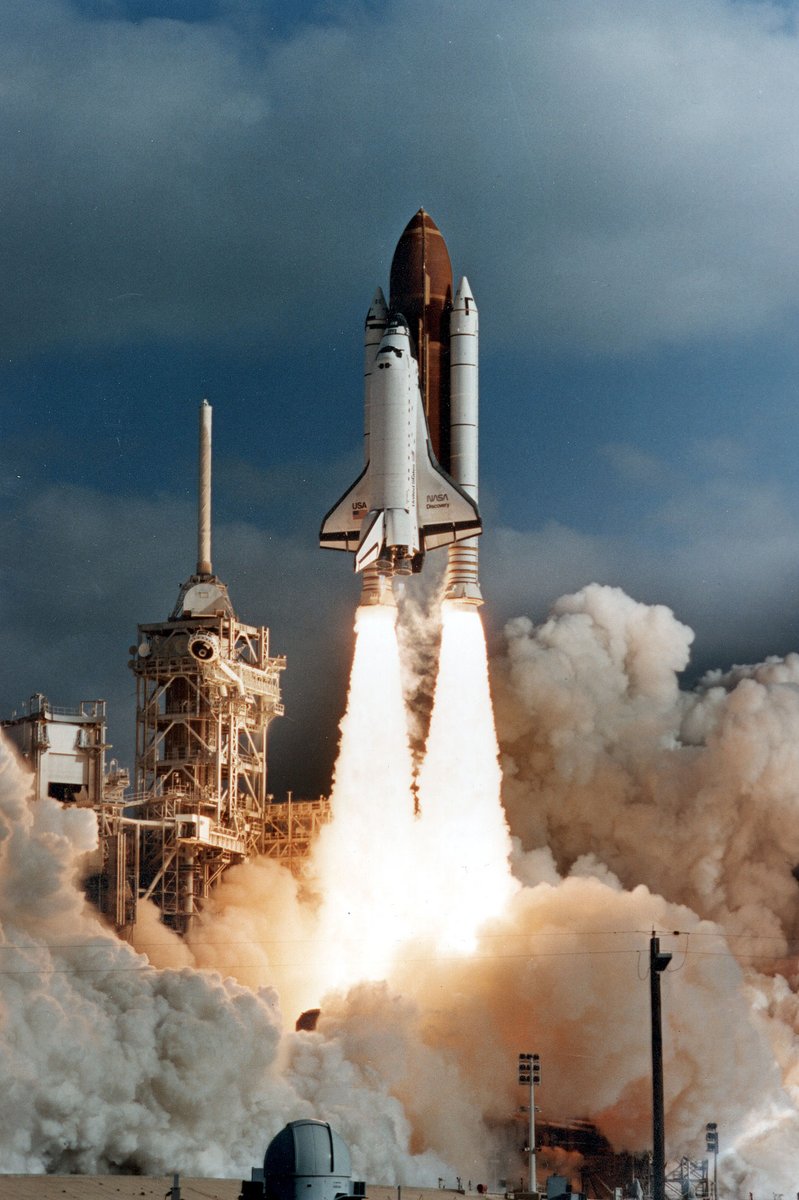
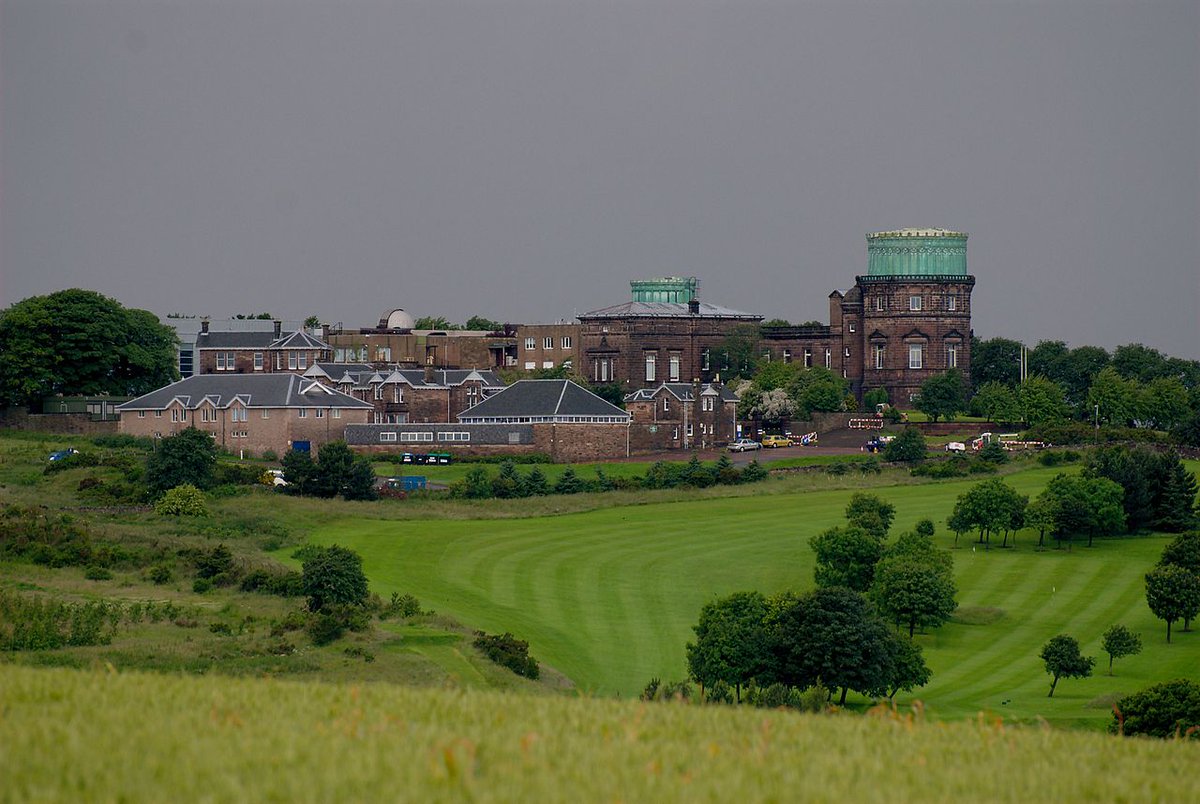
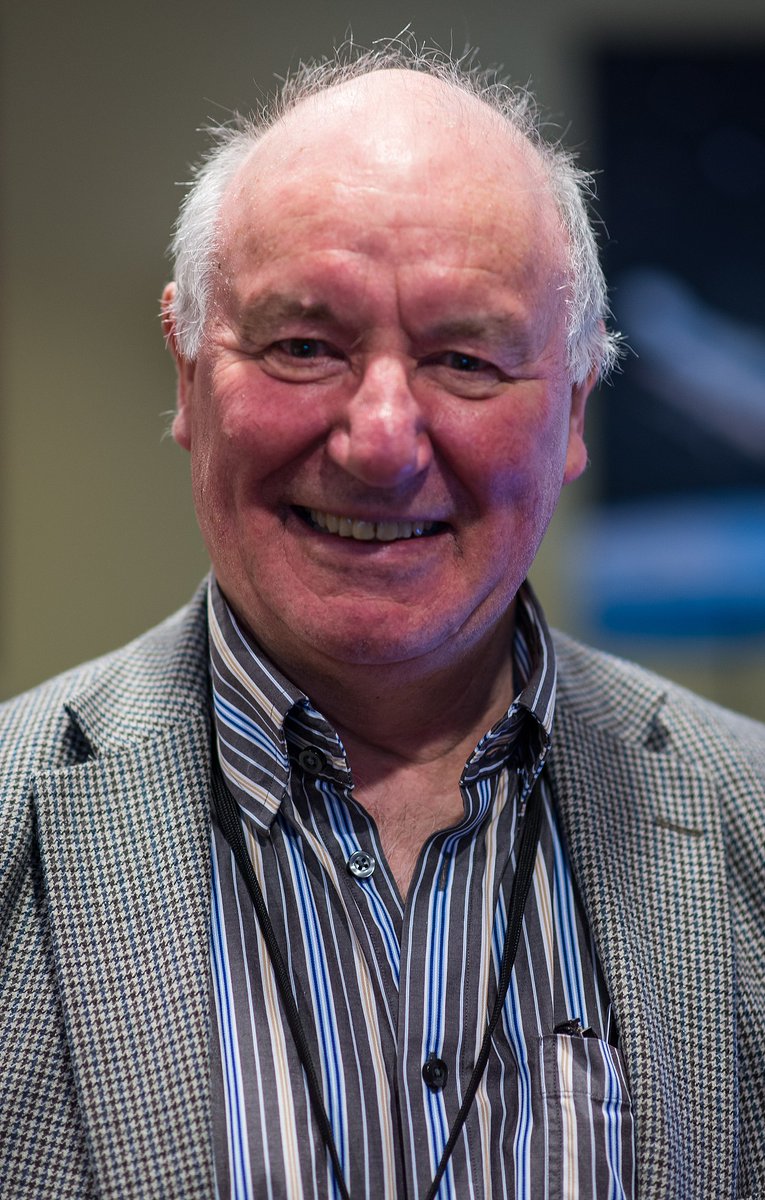
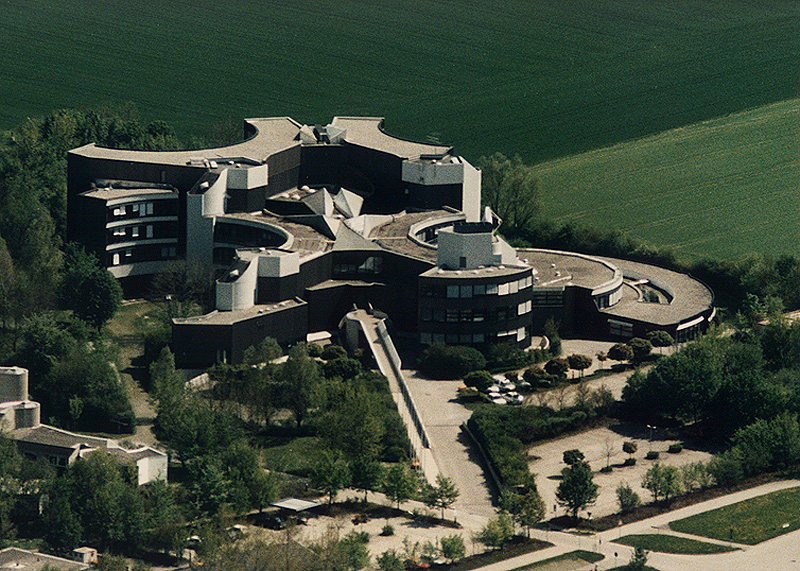
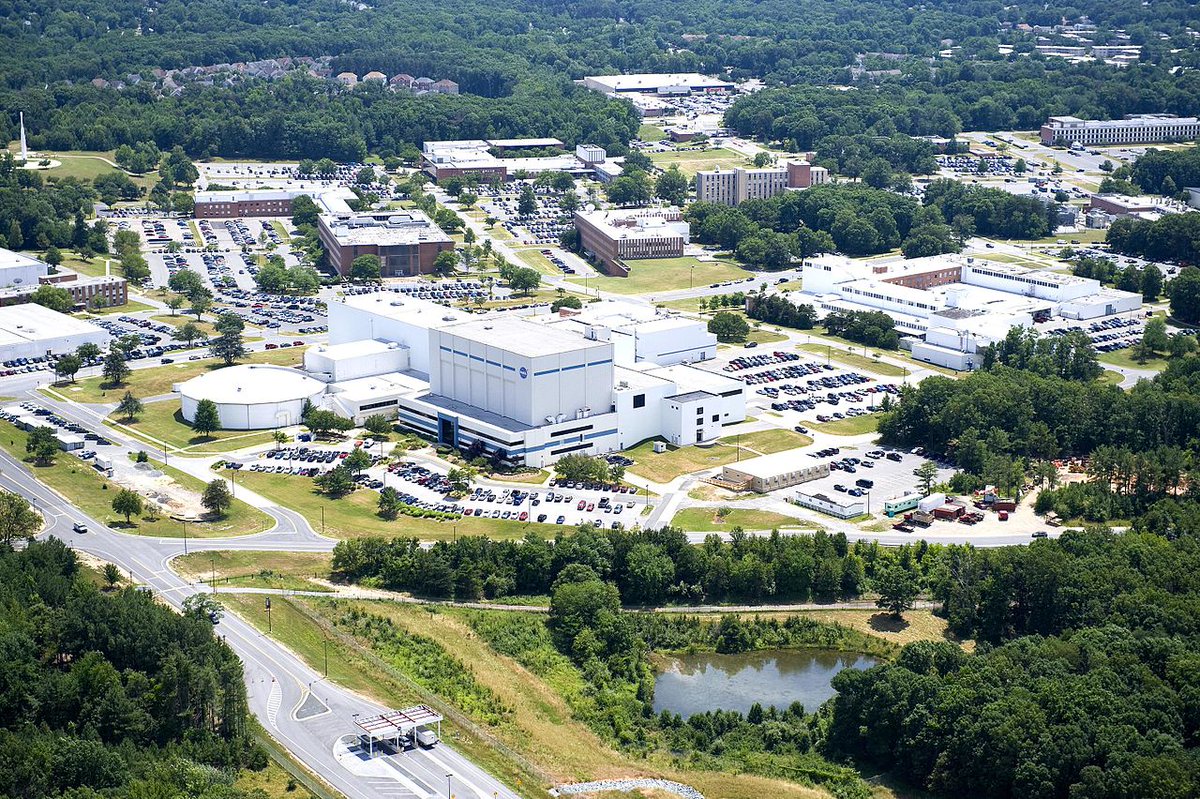
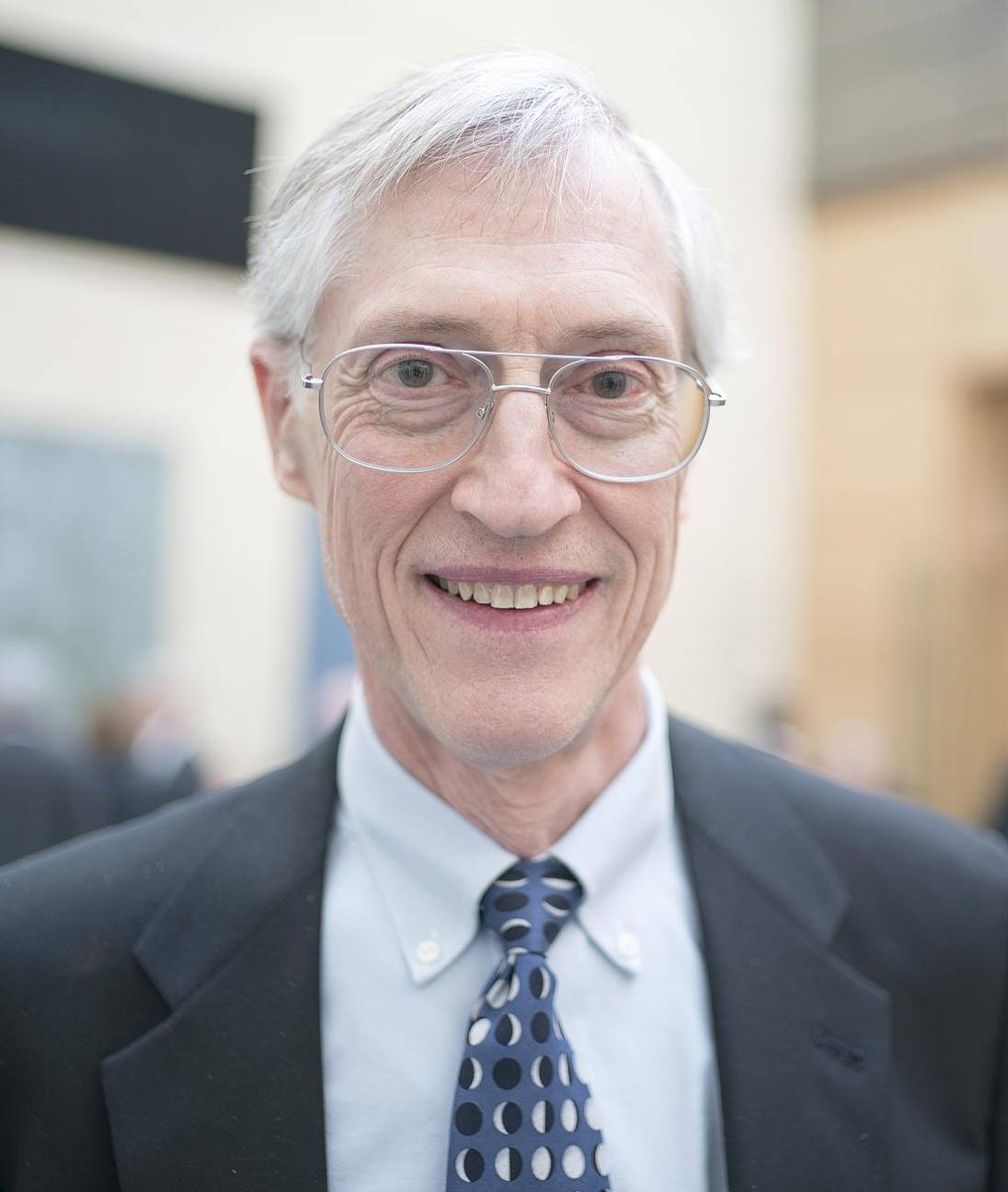
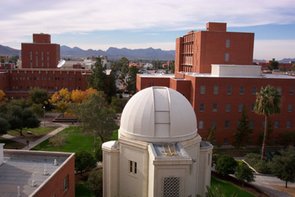
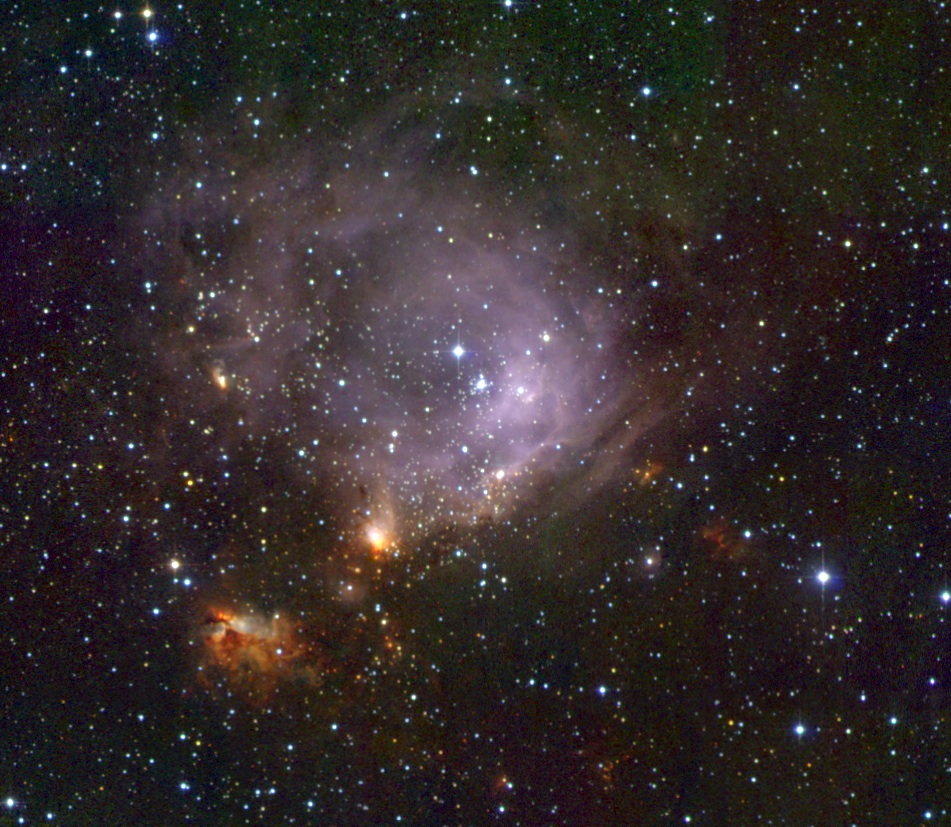
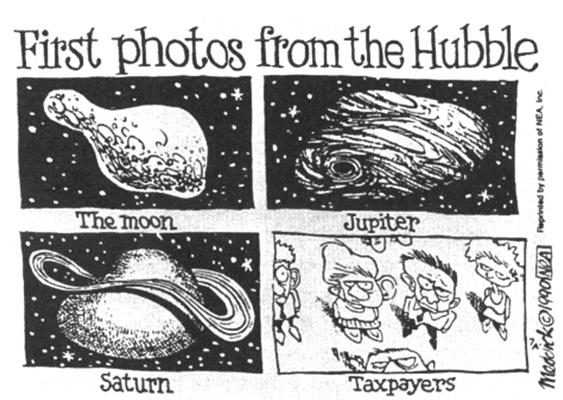
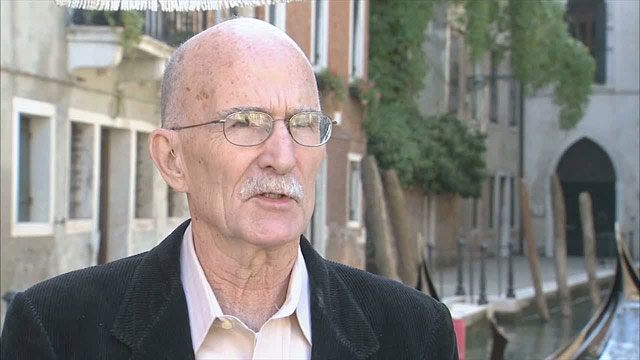
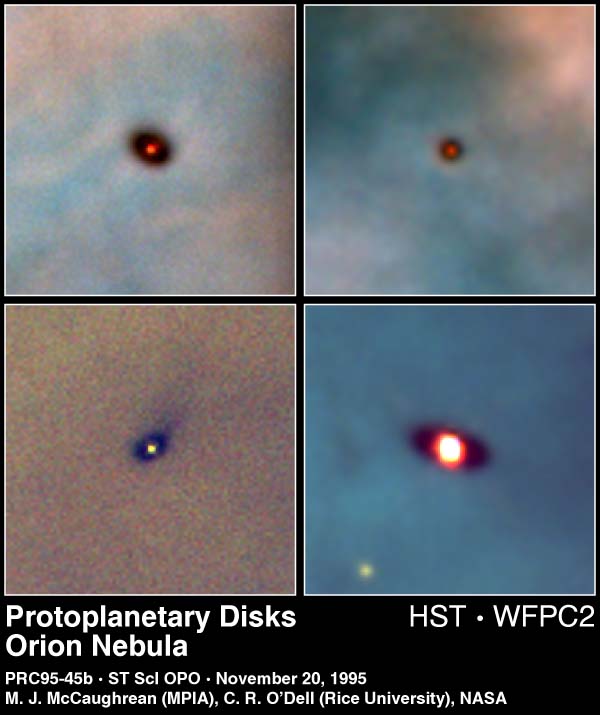
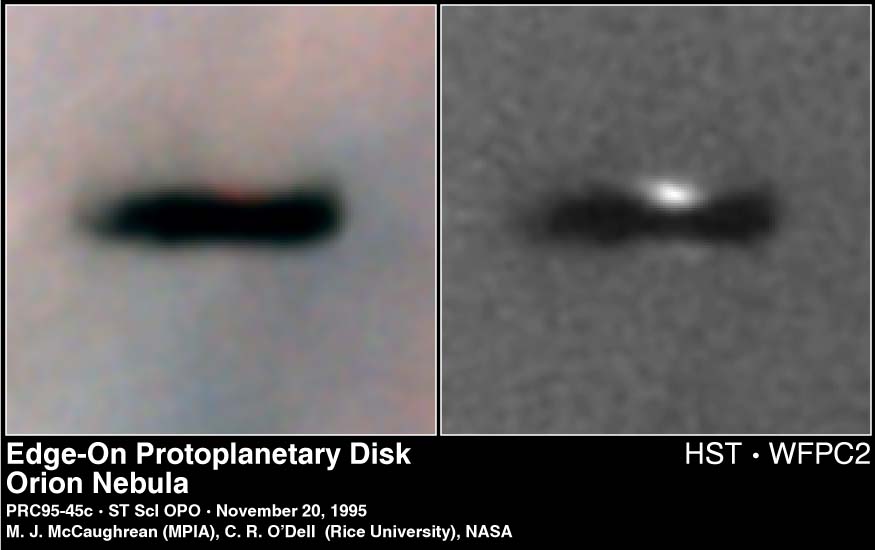
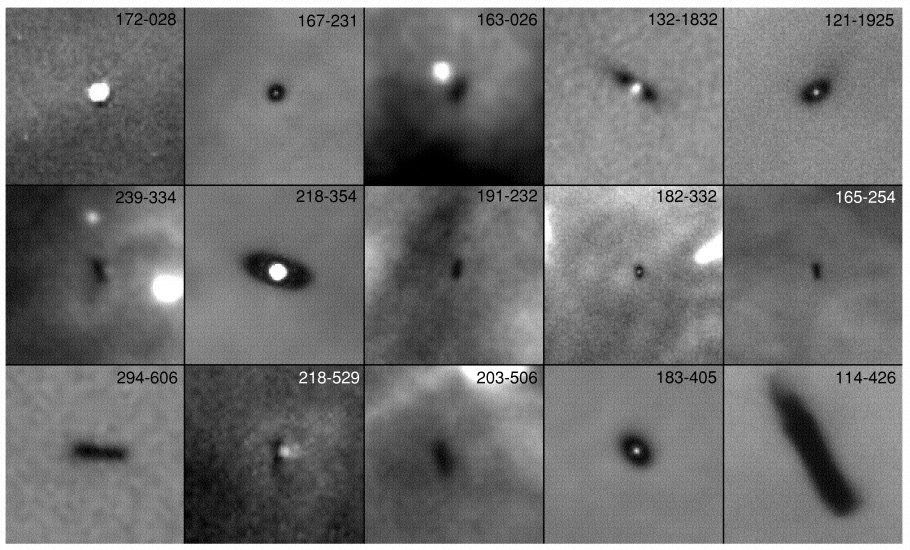
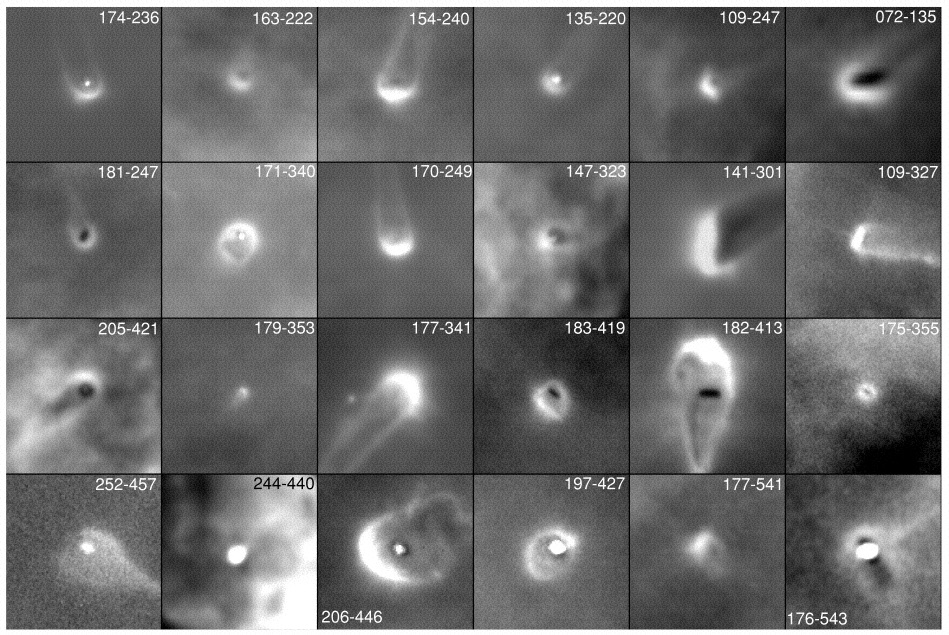
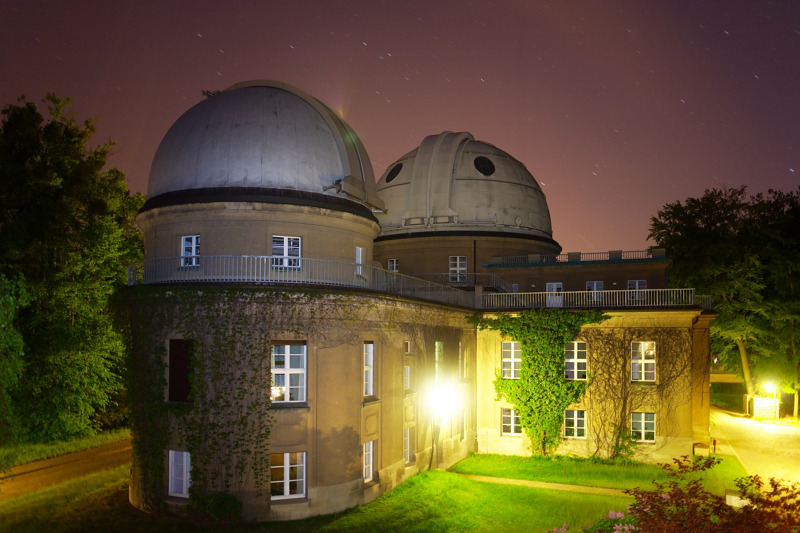
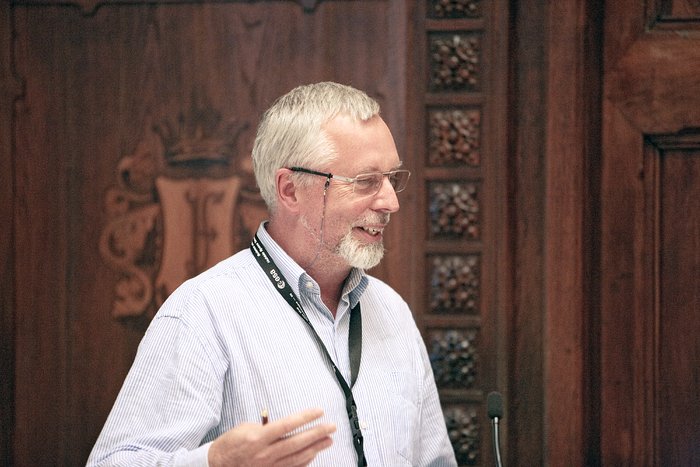
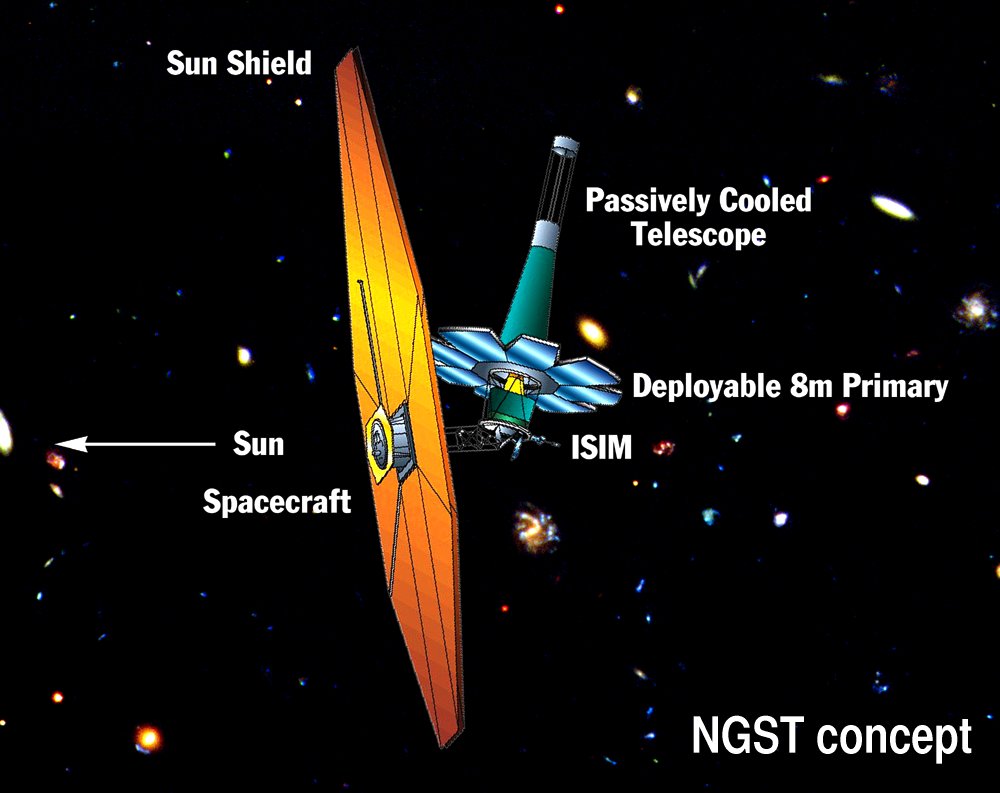
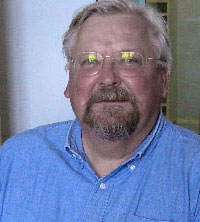
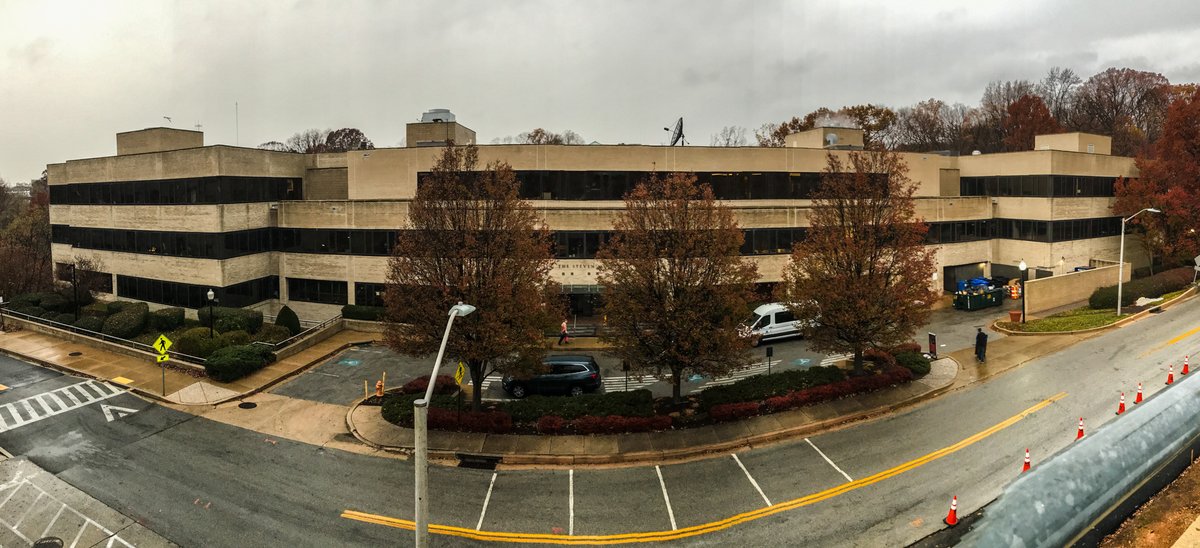
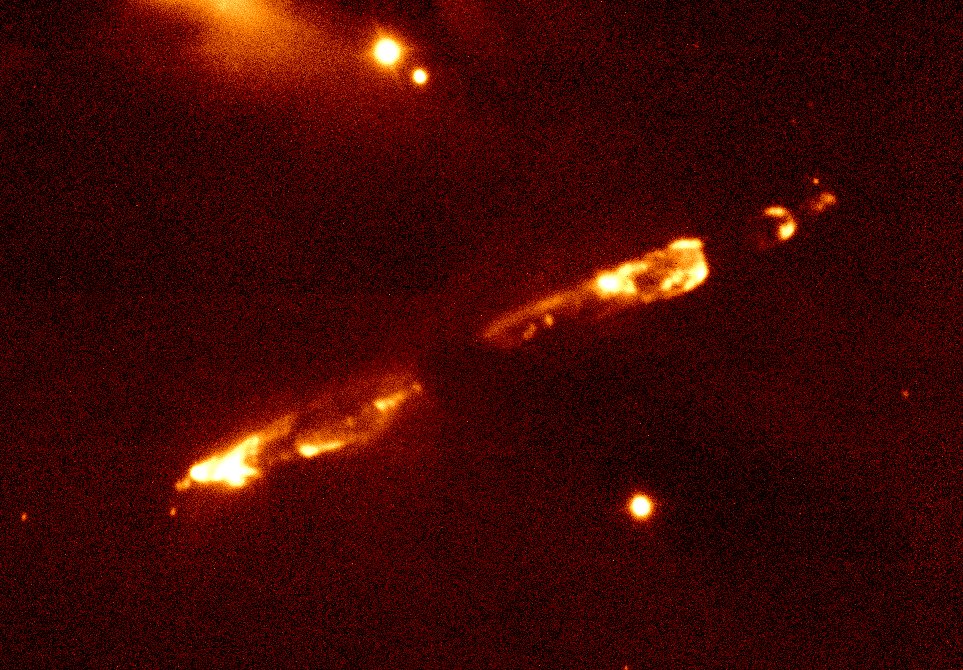

 And I& #39;ve written papers about the protostar that drives it with Jennifer Wiseman, NASA& #39;s Senior Project Scientist for Hubble today.37/" title="HH212 has yet another Hubble connection: we observed it with NICMOS in 1998, but unfortunately it was too faint for that "small" telescope https://abs.twimg.com/emoji/v2/... draggable="false" alt="😜" title="Winking face with tongue" aria-label="Emoji: Winking face with tongue"> And I& #39;ve written papers about the protostar that drives it with Jennifer Wiseman, NASA& #39;s Senior Project Scientist for Hubble today.37/" class="img-responsive" style="max-width:100%;"/>
And I& #39;ve written papers about the protostar that drives it with Jennifer Wiseman, NASA& #39;s Senior Project Scientist for Hubble today.37/" title="HH212 has yet another Hubble connection: we observed it with NICMOS in 1998, but unfortunately it was too faint for that "small" telescope https://abs.twimg.com/emoji/v2/... draggable="false" alt="😜" title="Winking face with tongue" aria-label="Emoji: Winking face with tongue"> And I& #39;ve written papers about the protostar that drives it with Jennifer Wiseman, NASA& #39;s Senior Project Scientist for Hubble today.37/" class="img-responsive" style="max-width:100%;"/>


